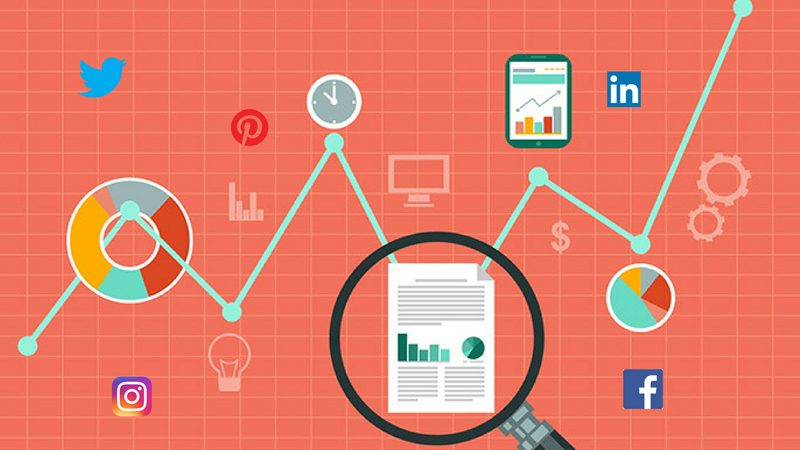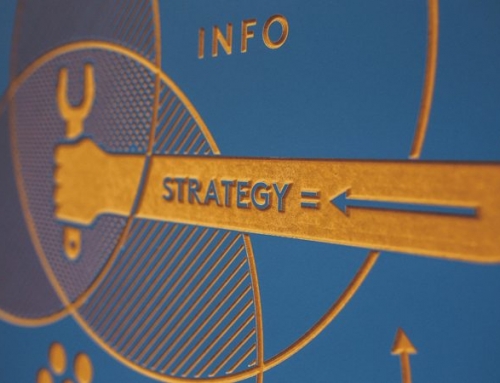Social media is still one of the most effective ways for businesses to advertise in 2020. It also provides a direct link between customer and service provider, with messaging and live chat options now rivalling traditional methods of communication such as telephone and email. Analytics tools allow business owners and digital marketing executives the ability to examine the specifics of how, when and why their customers are engaging with them. Here’s why we at Probella think that Social Media Analytics still matter in 2020.
Know Who Your Audience Really Are
Now that analytics tools can tell us everything from the time somebody spent on a certain page to their specific shopping habits, taking advantage of them means marketeers can gather a relatively accurate portrayal of who their customers really are. Understanding browsing habits, engagement with specific pieces of content and how people react to direct campaigns means that you can tailor your approach to suit the market you are working with. Though there will always be a certain amount of guesswork in digital marketing, analytics tools allow us to assemble a clear picture of when and how audiences are engaging with campaigns or content.
Understand Which Platforms Matter to You
With more potential platforms than ever before, it can be difficult for new businesses to work out which ones they should be using. Analytics tools such as Sprout and Awareo offer even the novice social media manager a full insight in to clicks, plays, replies and more. Twitter and Facebook’s own inbuilt tools are also surprisingly comprehensive, with even the free versions offering a basic overview in terms of views and other basic interactions. We advise using analytics from the very beginning so you can capitalise on the platforms that are actually working for you and potentially discontinue those that aren’t. Though Instagram is big business for fashionistas and physical product sellers, start-up software specialists may not enjoy the same level of engagement. Similarly, restaurants and clubs can build a thriving online community of customers and staff via Facebook and Twitter but would be unlikely to enjoy the same level of success on LinkedIn. The key is to try a few main platforms first, then build on any engagement as quickly as you can. In time, you will be able to see which applications are worth keeping and which should be kept as simple “placeholder” accounts with only minimal content.
Discover New Ways to Engage with Your Audience
Since the invention of live chat and video streaming, social media offers the option for real time interaction on both a group and individual level. Analytics tool allow you to monitor views on livestreams and also provide you with the details of anybody involved in a live chat session. By using analytics tools every time you try out a new method of engagement, you can work out which techniques are the most effective for you. If your YouTube videos are only reaching double figures in the space of a week or your live video tutorials are poorly attended, you can get a clear idea of why this is. You can also use analytics tools on content that your competitors use, which will give you an overview of how successful they have been with their campaigns.
Develop Perfect Timing
In digital marketing, timing is everything and analytics tools allow you to make educated, informed estimates based on statistics and data, rather than gut feelings and hunches. Spending some time on monitoring the performance of videos, blog posts, live chats and other content at different intervals throughout the day means that you can build up a picture of when you target audience are most likely to be online and responsive. This allows you to post content and arrange interactive sessions at a time that is likely to give you maximum exposure. The most successful digital campaigns don’t happen by accident, the data from analytics tools is used extensively to predict the times that are likely to create the most engagement from any potential audience.
Learn from Other People’s Mistakes
Analytics tools don’t just allow you to measure your own levels of audience or customer engagement, they also allow you to take a look around other people’s site. Though some data will be protected, you can usually get an idea of the basics such as the number of hits and the length of time a person has spent on a page using even some of the most basic tools. This means you can identify any techniques or strategies that worked and avoid anything that clearly didn’t. Analytics tools can’t replace human eyes, but they can give you the facts and raw data that relate to how people have interacted with any website online. Low numbers on livestreams featuring highly paid guests, poor engagement on guest blog posts and badly attended chat sessions may be negative for your competitors, but they can teach you valuable lessons about everything from timing to content creation guidelines.
Bots, Trolls and Attacks
Unfortunately, this side of the online world is showing no signs of slowing down and social media analytics tools can be a great way of identifying any rogue traffic on your socials. Analytics tools can help you to detect suspicious activity and cyber-attacks by identifying unusual behaviour or repeat offenders. This can be particularly helpful in the case of persistent trolls or targeted attacks from malicious software. Though things like proxy servers can make it difficult to single out every threat, analytics tools will generally help you to detect any problems before they become serious enough to be genuinely damaging.
In 2020, any business that uses social media should be employing at least the basics of analytics as a matter of course. Though you don’t necessarily need to drill down into the detailed specifics, understanding how, when and ultimately, why your users are choosing to interact with your page can be invaluable.






